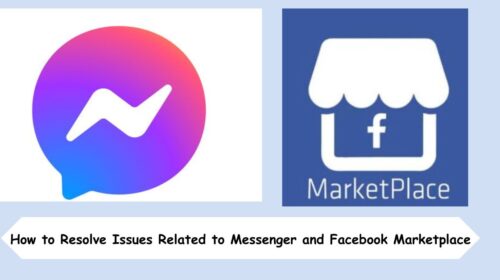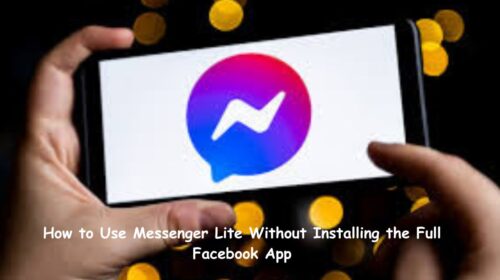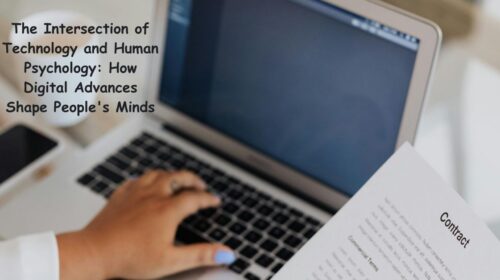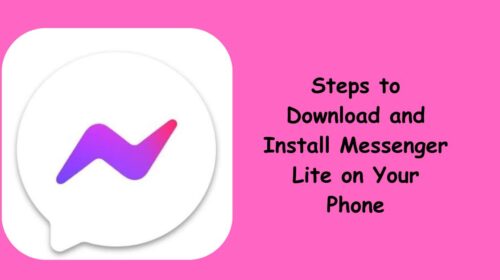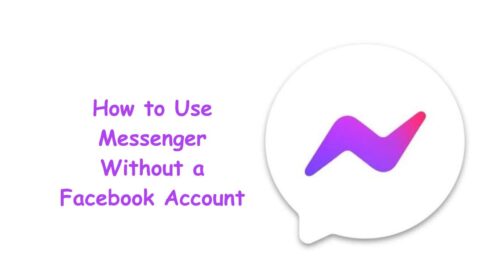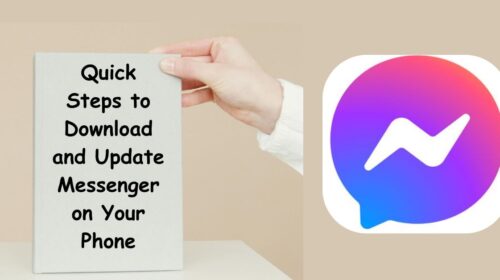Technology is no longer just a part of life—it is life. From the moment we wake up to the sound of our phone alarm to the late-night scroll through social media, digital tools are constantly interacting with our thoughts, emotions, and behaviors. But here’s where things get truly interesting: technology isn’t just influencing how we live—it’s shaping how we think.
At the intersection of human psychology and digital innovation lies a powerful dynamic. As tech evolves, our brains evolve with it. This relationship, though filled with promise, also brings significant challenges. In this article, we’re going to explore how digital technology affects our mental processes, decision-making, emotional regulation, and overall well-being—and what it all means for the future of humanity.
The Psychology Behind Your Tech Habits
Let’s start with something simple: Why do you check your phone every few minutes? That behavior isn’t random. It’s a response to how apps are intentionally designed to trigger psychological responses—specifically, the release of dopamine, the “feel-good” chemical.
When you get a notification, your brain lights up with anticipation. Maybe it’s a like on your post, a message from someone you admire, or a breaking news alert. That small hit of dopamine keeps you coming back, again and again. This design taps into what psychologists call intermittent reinforcement—the same principle used in slot machines.
The result? A habit-forming loop. One that hijacks attention and reshapes focus, often without us even realizing it.
Attention Spans Are Shrinking – And It’s Not Your Imagination
You’ve probably heard the claim that our attention span is shorter than a goldfish’s—and while that might be a bit of an exaggeration, there’s truth behind it. Studies show that digital media—especially fast-paced, endlessly scrollable content—is linked to decreased sustained attention.
Why? Because digital content is designed to be bite-sized and high-stimulus. Think TikTok videos, Instagram reels, or rapid news headlines. Your brain, conditioned by this content style, starts to favor fast gratification and quick information bursts over deep, focused thinking.
The long-term impact? A collective struggle to concentrate, reflect, or even sit through a lengthy conversation without the urge to “check something real quick.”
Social Media: Connection or Comparison Trap?
Here’s where psychology gets tangled with emotion. Social platforms are built to connect people, but they also amplify social comparison. Every scroll through someone’s vacation photos or career announcement is a subtle trigger for your inner critic.
According to psychology research, excessive exposure to curated online personas can distort self-perception, leading to feelings of inadequacy, anxiety, or depression. The brain, in its natural need for social belonging and validation, becomes vulnerable to the highs and lows of digital approval—likes, shares, comments.
The irony? The very tool designed to bring us together can make us feel more alone than ever.
The Rise of Digital Empathy and Emotional AI
On a more hopeful note, technology isn’t all doom and gloom for the mind. In fact, we’re seeing the rise of tools that enhance empathy, emotional awareness, and mental health care.
Take emotional AI for example—software that can detect human emotions through voice, facial expressions, or even text tone. This is being used in therapy bots, digital assistants, and customer support platforms to better respond to human needs.
Even social media, when used intentionally, can be a source of emotional support. Online communities and mental health apps like Headspace, Calm, and Woebot are making therapy and mindfulness more accessible than ever.
So, yes—technology can deepen emotional disconnect, but it also has the potential to rebuild it in innovative ways.
Decision Fatigue in the Digital Era
Every swipe, click, or notification demands a micro-decision: Should I reply? Should I ignore this? Should I open this app again?
This constant stream of decisions leads to what psychologists call decision fatigue—a decline in the quality of decisions after an extended period of decision-making.
Digital technology bombards us with choices. From the 20 tabs open on your browser to the endless options on Netflix, the overload of stimuli can leave our brains mentally drained. And what happens when our decision-making power is low? We procrastinate, become impulsive, or avoid decisions altogether.
The solution? Digital minimalism. Reducing app clutter, limiting notifications, and building tech-free zones are simple yet powerful ways to preserve mental clarity.
Neuroplasticity: How Tech Is Rewiring Our Brains
One of the most fascinating aspects of modern psychology is neuroplasticity—the brain’s ability to rewire itself in response to new experiences. And guess what? Technology is a massive driver of this rewiring.
Research shows that consistent tech use is reshaping how we process language, form memories, and solve problems. Kids growing up with tablets, for instance, are developing different cognitive patterns than older generations.
While this can boost visual-spatial intelligence and multi-tasking, it may reduce deep reading ability and emotional nuance in communication. It’s not necessarily bad or good—it’s just different. And it highlights the importance of balancing digital and human experiences.
Frequently Asked Questions
Q1: Can using digital devices too much lead to mental health issues?
A: Yes, excessive digital use—especially on social media—can contribute to issues like anxiety, depression, and low self-esteem. The key is not to eliminate tech, but to use it mindfully. Setting boundaries, limiting screen time, and engaging in offline activities can create a healthier digital relationship.
Q2: Is technology making us smarter or lazier?
A: Great question—it’s a bit of both. Technology boosts our access to information and tools that make life easier, but it can also reduce critical thinking if we become too dependent on it. The best approach? Use tech to enhance, not replace, your thinking.
Final Thoughts: It’s All About Balance
Technology isn’t inherently good or bad—it’s a tool. What matters is how we use it and how aware we are of its influence. Psychology teaches us that the brain is highly adaptive, and tech is one of the most powerful forces shaping that adaptation today.
So, what’s the takeaway? Don’t just use technology. Understand it. Question it. Shape it to support your mind, not control it. The future isn’t about choosing between humanity and technology—it’s about designing a future where both thrive together.

